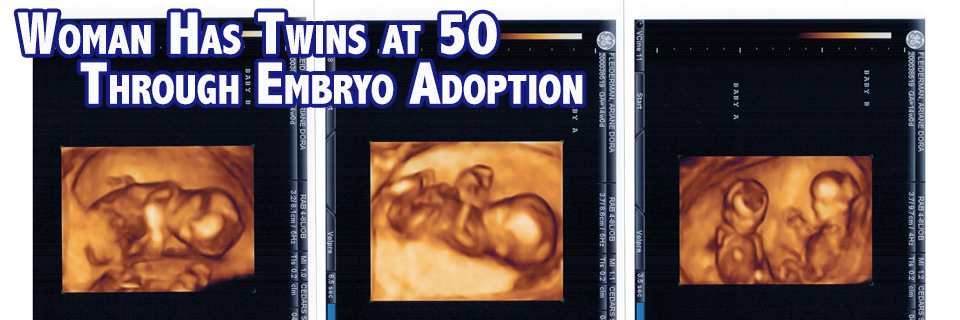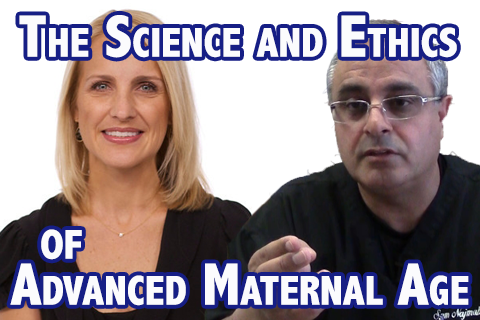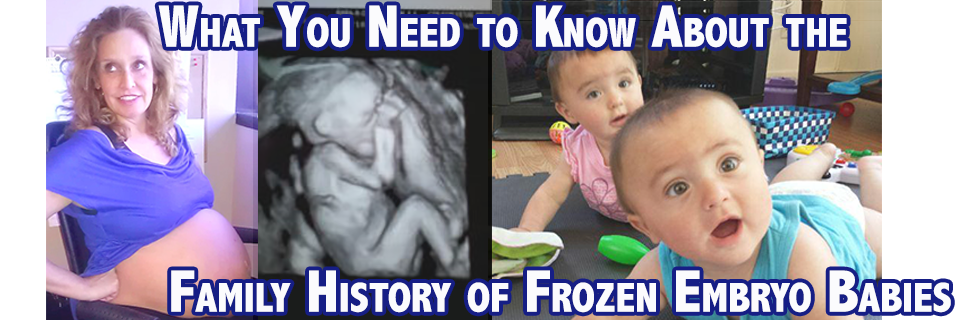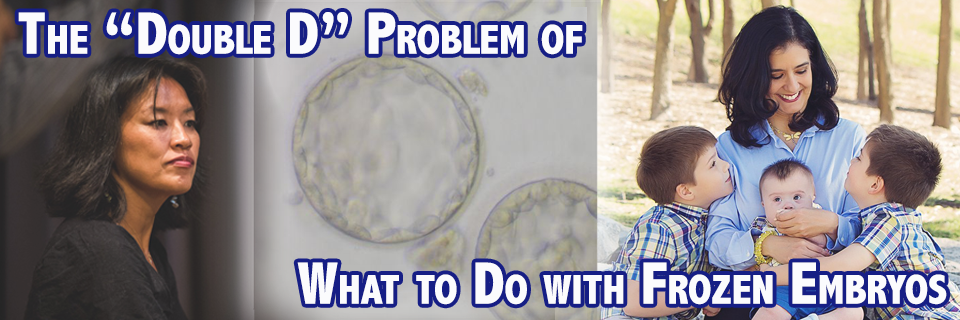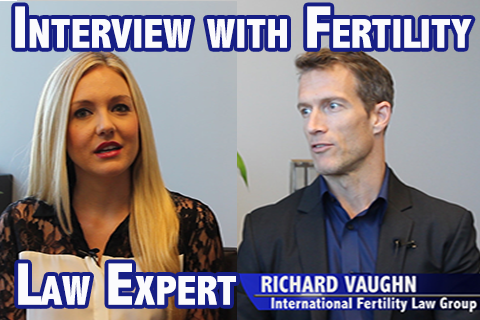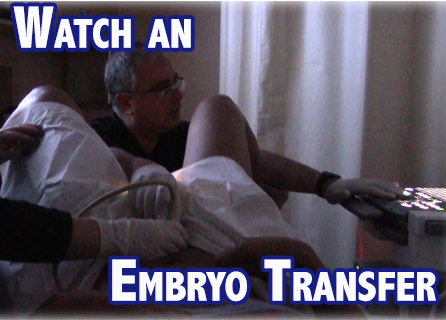Through Embryo Adoption The Science and Ethics of
Advanced Maternal Age Where do Snowflake
Babies Come From? What You Need to Know About the Family
History of Frozen Embryo Babies The "Double D" Problem of What
to Do with Frozen Embryos Interview with Fertility Law
Expert Richard Vaughn Watch an Embryo Transfer What's Your "Scary Age?" Home
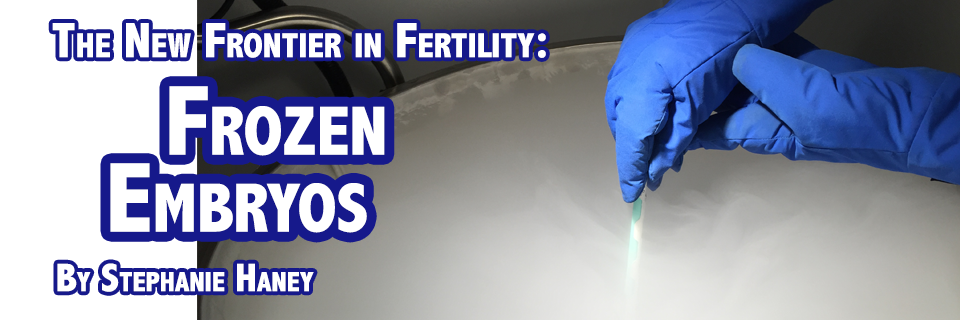
When couples can't get pregnant the old-fashioned way, they sometimes turn to science. Along that road lies a procedure called in-vitro fertilization (IVF), where an egg is fertilized by sperm outside of the human body. The end-result of a successful attempt at IVF is an embryo.
After growing for 3-5 days, that embryo becomes a blastocyst, and can be transferred into a uterus to hopefully continue to grow into a baby.
But there's more.
That embryo can also be frozen for future use, or donated or adopted to another couple for their use in creating a family.
(Click here if this video doesn't play.)
Simple? On the surface, yes. But when you really get into it, the phrase, "Life is complicated," has never rang more true.
Read on for just what can happen when you venture into the new frontier in fertility that is frozen embryos.




